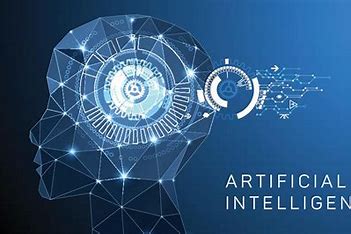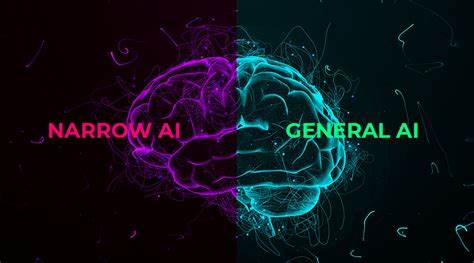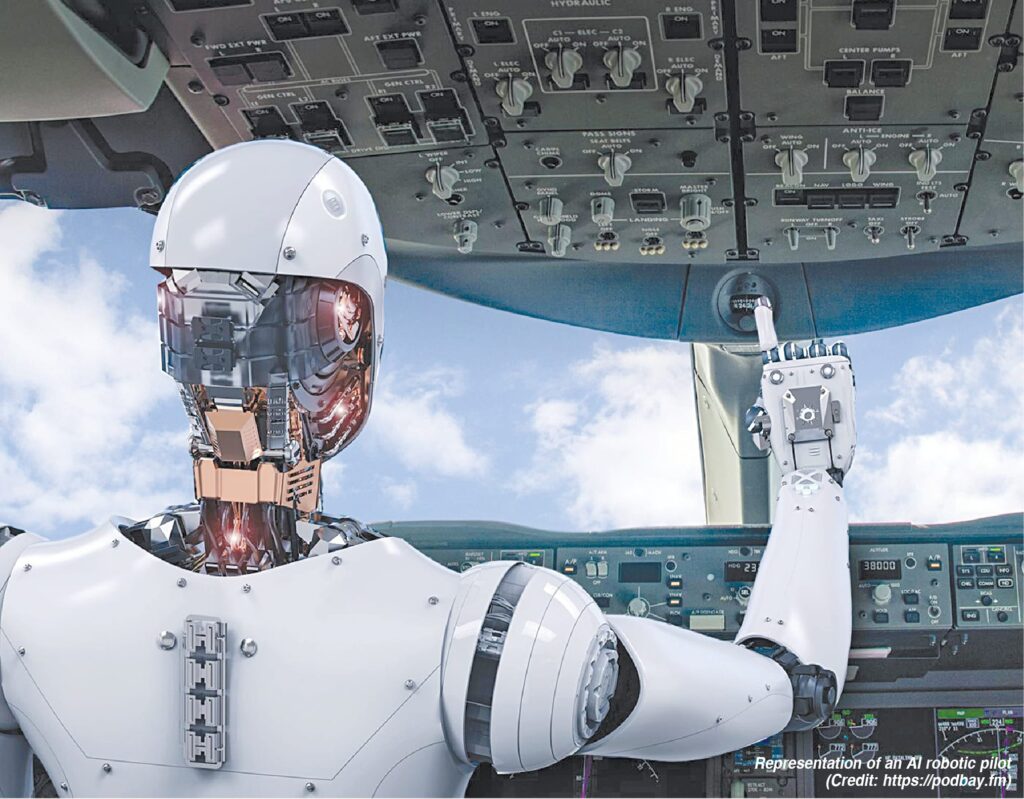
AI is the future of our new generation
Artificial intelligence used everwhere now AI is increases day by day.
AI help in increase productivity of work It’s like having a really smart digital assistant that can help with all sorts of tasks
from recommending movies you might like to driving cars without a human driver.

Types of AI…
AI is typically categorize into two broad type: narrow AI and general AI.
- Narrow AI, also known as weak AI, is design to perform a narrow task, such as facial recognition, internet searches, or driving a car.
- General AI, also known as strong AI or artificial general intelligence (AGI), refers to a hypothetical AI system that has the ability to understand, learn, and apply knowledge across a wide range of tasks similar to human intelligence.
- General AI remains a goal for future development and research

The future of planes with AI holds exciting possibilities. Here are some potential advancements:
- Autonomous Flight: AI could enable fully autonomous planes that can take off, navigate, and land without human intervention. This could improve safety, reduce human error, and optimize fuel efficiency.
- Predictive Maintenance: AI can analyze vast amount of data from sensors on planes to predict when maintenance is need. This can help prevent breakdowns and reduce downtime, making air travel more reliable.
- Enhanced Safety: AI-powered systems could continuously monitor flight conditions and identify potential hazards, allowing planes to adjust their routes or operations in real-time to avoid accidents.
- Personalized Passenger Experience: AI algorithms could personalize the passenger experience based on individual preferences, from in-flight entertainment recommendations to customized meal options.
- Efficient Operations: AI can optimize flight routes, fuel consumption, and scheduling to make air travel more efficient and environmentally friendly. This could lead to shorter flight times, reduced costs, and lower emissions.
- Improved Air Traffic Management: AI-powered air traffic control systems could optimize airspace usage, reduce congestion, and minimize delays, leading to smoother and more efficient air travel for everyone.
- Advanced Design and Manufacturing: AI can be use in the design and manufacturing processes of aircraft to optimize aerodynamics, reduce weight, and improve fuel efficiency. This could lead to the development of faster, more fuel-efficient planes.

The Perils of Artificial Intelligence
Here are a few more disadvantages of AI:
- Lack of Creativity and Intuition: While AI excels at tasks involving data analysis and pattern recognition, it often lacks the creativity and intuition that humans possess.
- So limitation can be particularly significant in fields such as art, innovation, and complex problem-solving
- where human creativity plays a crucial role.
- Dependency and Reliability: Over-reliance on AI systems can lead to dependency issues. If these systems fail or make errors, especially in critical domains like healthcare or autonomous vehicles.
- it can have severe consequences. Ensuring the reliability and robustness of AI systems is therefore a significant challenge.
- Ethical Dilemmas: AI raises complex ethical dilemmas, such as the question of responsibility and accountability when AI systems make decisions or take actions.
- Privacy Concerns: AI systems often require vast amounts of data to operate effectively balance between the benefits of AI and individuals’ privacy rights is crucial.
- Security Risks: AI systems can be vulnerable to attacks and manipulation. Adversaries may exploit weaknesses in AI algorithms or systems to deceive or disrupt their operations. So, Ensuring the security of AI systems is essential to prevent potential harms, such as data breaches or malicious AI-driven actions.
- Social Impact: The widespread adoption of AI has the potential to reshape societies and economies, leading to job displacement, changes in labor markets, and shifts in power dynamics. Managing these societal impact and ensure that AI benefit are distribute equitable across populations are significant challenge
- Environmental Impact: Training AI models often requires significant computational resources.
- which can have environmental consequences, such as increased energy consumption and carbon emissions. Developing energy-efficient AI algorithms and infrastructure is essential to mitigate these environmental impacts.







